Just say I have some unlabeled data which I know should be clustered into six catergories, like for example this dataset:
library(tidyverse)
ts <- read_table(url("http://kdd.ics.uci.edu/databases/synthetic_control/synthetic_control.data"), col_names = FALSE)
If I create an hclust object with a sample of 60 from the original dataset like so:
n <- 10
s <- sample(1:100, n)
idx <- c(s, 100+s, 200+s, 300+s, 400+s, 500+s)
ts.samp <- ts[idx,]
observedLabels <- c(rep(1,n), rep(2,n), rep(3,n), rep(4,n), rep(5,n), rep(6,n))
# compute DTW distances
library(dtw)#Dynamic Time Warping (DTW)
distMatrix <- dist(ts.samp, method= 'DTW')
# hierarchical clustering
hc <- hclust(distMatrix, method='average')
I know that I can then add the labels to the dendrogram for viewing like this:
observedLabels <- c(rep(1,), rep(2,n), rep(3,n), rep(4,n), rep(5,n), rep(6,n))
plot(hc, labels=observedLabels, main="")
However, I would like to the correct labels to the initial data frame that was clustered. So for ts.samp I would like to add a extra column with the correct label that each observation has been clustered into.
It would seems that ts.samp$cluster <- hc$label should add the cluster to the data frame, however hc$label returns NULL.
Can anyone help with extracting this information?
